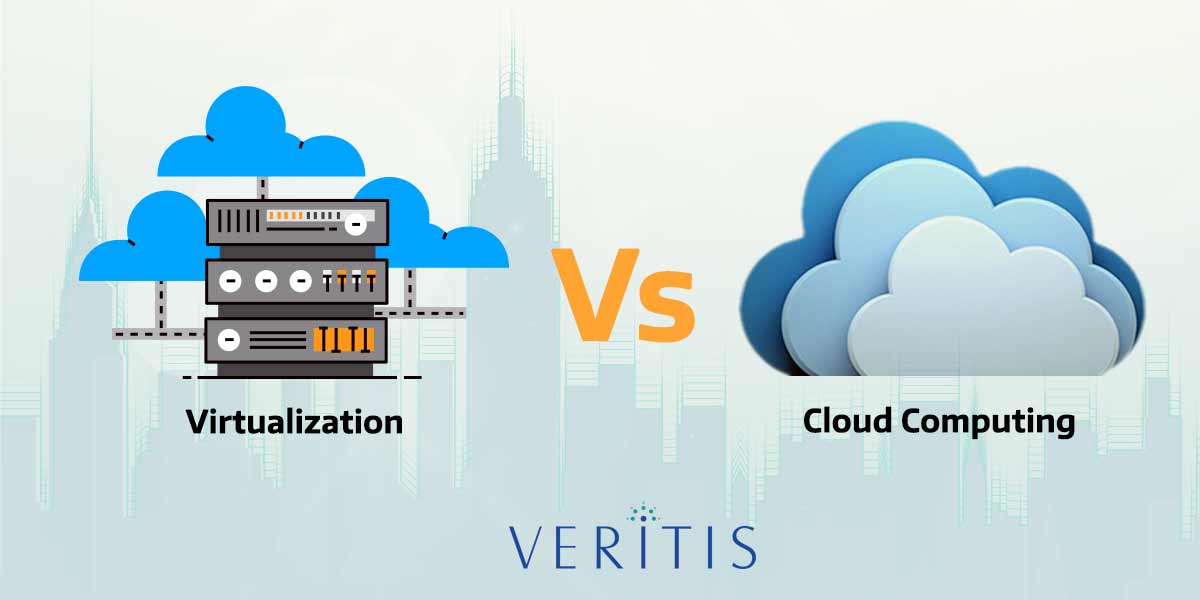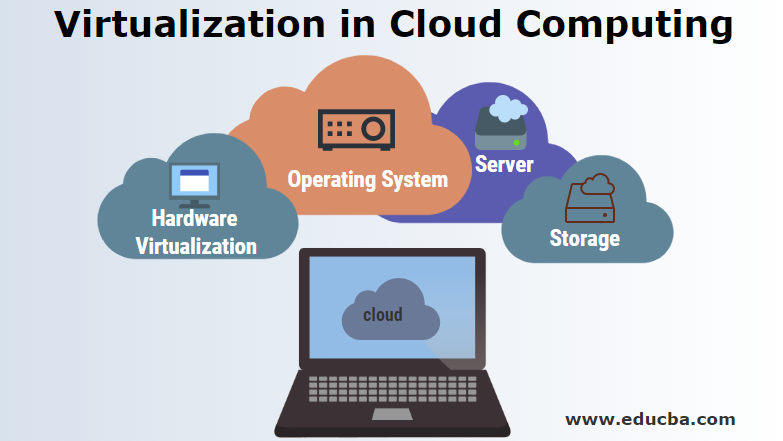

- #Virtual cloud pc install#
- #Virtual cloud pc Patch#
- #Virtual cloud pc software#
- #Virtual cloud pc Bluetooth#
#Virtual cloud pc software#
This will be part of your software image mentioned above. Virtual monitor/keyboard: In order to ‘look at’ your virtual workstation you’ll need to have run some software to create a streaming connection to it.This image can then easily be spun up again later, without paying for an expensive compute instance to maintain your virtual machine, while you’re not using it. This just means that a snapshot of your particular software configuration is stored on the server somewhere. Persistent Storage: You will also need to factor in some ‘persistent storage’ called block storage to save an ‘image’ of your compute instance onto.Virtual Storage: Just as with local storage there are different types of virtual storage available capable of different levels of performance for your media and your machine.For example, there are relatively few macOS-only VM servers as most VM machines run on Windows. Virtual OS and Applications: The software you want to run needs to be optimized for running on a virtual machine on a cloud server.Virtual Computer: Called a Compute Instance, all the major providers offer a variety of CPU and GPU options suitable for handling graphic intensive work like video editing.
#Virtual cloud pc Patch#
And with the patch on SideQuest, it even turns your Quest into a wireless PC VR headset.īut if all you want to do is view your PC screen in VR, ViRTC can do just that.Just like with your local computer there are a few component parts to understand when it comes to configuring your own virtual workstation in the cloud. It has special environments like a cinema.
#Virtual cloud pc Bluetooth#
It passes through Bluetooth gamepads and keyboards. It lets you use your Touch controllers or hands as a mouse pointer.

Virtual Desktop lets you precisely customize the size, position and curvature of your screen. The $20 app is a result of years of work. Of course, streaming is only one of the many features of Virtual Desktop. It operates peer to peer and your PC connects to your Quest directly. If you’ve used voice or video calling in a browser, it was very likely powered by WebRTC. So what is this sorcery? ViRTC leverages WebRTC, the open source real time communications framework built into every modern web browser. Oculus Browser treats ViRTC as a fullscreen video, so you can actually use it to watch 3D or 360 videos from your PC too. Annoyingly though, ViRTC doesn’t send input- you need to use your PC’s mouse & keyboard.

#Virtual cloud pc install#
You don’t need to install anything, and the streaming quality is surprisingly great. Now load up that same website in Oculus Browser on your Quest and enter the code. To use it, simply navigate to ViRTC.app in a browser on your PC. It’s free and you don’t install anything on either end. ViRTC allows you to stream your PC screen to your Oculus Quest entirely through browsers on both ends.


 0 kommentar(er)
0 kommentar(er)
